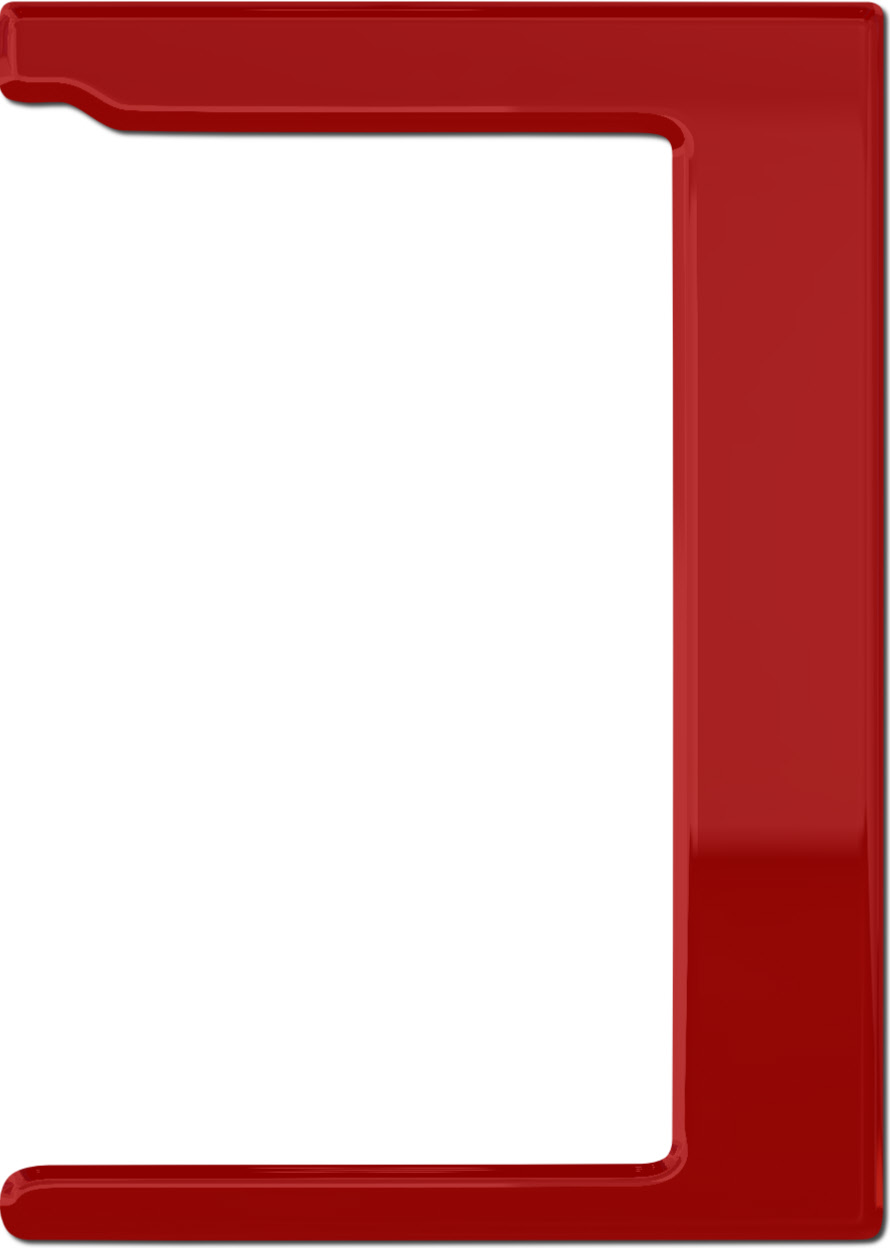




All rights reserved. This document, or any part of it, must not be reproduced in any format without prior written permission of the Fair Organ Preservation Society
©2025 - Fair Organ Preservation Society


An Organ Museum In Australia
by John Ellis
Whilst on holiday in Australia recently, I took the opportunity to try to see Craig Robson's 'Service City Collection' of mechanical musical instruments off Botany Road, Alexandria in Sydney, New South Wales. The collection, housed in a rather draughty warehouse, is at present not normally open to the public but I was invited to join a pre-booked party from the local branch of the Vintage Sports Car Club.
On entering, we were greeted with the sound of a Steinway Duo-Art player grand piano (and a cup of coffee). Craig Robson was away on holiday and our hosts for the afternoon were the regular presenters Margaret Hall - a young cinema organist, known to some fans over here for her cassette Kitten on the Keys - assisted by Robert Nelson who acted as 'Gavi-man' and lighting controller. The well arranged presentation, for audiences that had probably never seen a travelling fair or an organ playing in the street, commenced with Margaret playing several pieces on the Rogers electronic cinema organ. Then we were introduced to the rear of the Dutch street organ 'De Klok' (56-key Mortier/Carl Frei), on its original cart, in order to demonstrate the mechanism. Members of the audience were invited to take a turn at the wheel before the belt was attached for a book to be played.
The next organ to be demonstrated bears the name 'Amsterdam', a Remond Duwyn (72-key) dance hall organ rather severely cut down to about 400 pipes for mounting on a trailer and use as a street organ. Prior to being brought to Australia by a Dutch man it had been in Hilversum where it bore the name 'Radiostadt'. KF-1996-2 lists this as one of the organs at the Bombala Rally.
What will eventually become the centre-piece of the display is a set of newly renovated 3-abreast Orton and Spooner Gallopers. The horses have been repaired where necessary and repainted two at a time by Bob Hunt of Brisbane. We were told that he is the third generation of a wood carving family who has his grandfather's records of the designs used in the past to ensure an accurate restoration. Mr Robson also has a Savage steam centre engine bearing the name 'Dawn' to include in the rebuild. However, until the roof of the building is lifted (next Christmas?), it will not be possible to complete the build-up of the machine.
The organ that would go well with the gallopers is the ex-Lol Bishton paper roll Bruder (43-keyless) which was played using a very new-looking roll. The front has been repainted but, as the original was no longer visible, the flowers are now Australian!
After Margaret invited everyone to stand well back, the organ with the largest facade, a Black Forest 89-keyless Gavioli military band organ, was started. This looks deceptively long and low as it stands on the floor. It played in typical fairground fashion and the Australian audience was very impressed! The front of this organ is clearly in need of renovation. Two of the figures had been taken for use as models by a very skilled local woodworker. Also in the collection is another Black Forest Gavioli (87-key, still with bellows) which was originally in Sydney's Luna Park. This was purchased for restoration by Ken Beech after the park closed following a fire before being acquired by Craig Robson. Although it has a similar specification, it was not as loud as the other Gavioli, possibly indicating that the wind pressure was too low.
Another Mortier, the 'Golden Lion', was in use elsewhere. Two De Cap instruments complete the organ collection on view: a dance hall model and a Robot Organ on which the saxophone player stood up well but the accordionist remained seated. A Wersi electronic organ has replaced the original Hammond.
In a separate room, we heard a double Mills Violano-Vertuoso, an upright Weber Duo-Art player piano, a Tournaphone table-top paper-roll reed organette, a Herophon reed organette that plays with a square cardboard 'disc'. The latter remains stationary with the arm rotating over it - the reverse of the usual arrangement. Other instruments included a single disc Phoenix and a (10) disc-changing Polyphon, an 'Aeolian Grand' upright American reed organ and a couple of Tanzbar paper roll self-playing concertinas. Almost all were demonstrated. A large 10-tune barrel piano complete with two drums and cymbal, possibly of French origin as it was labelled 'Piano Physius' was not really playable, as is often the case with these wooden framed instruments.
This is a large and interesting collection which deserves to be seen by more people. When the roof of the building has been raised and a new suburban railway line with a station near the site is completed (in time for the Sydney Olympics in the year 2000) the intention is to open to the public on a regular basis. Any members (or your friends) visiting Sydney should call +61 2 9584 2353 for more details.
© 1996 John Ellis
Originally published in edition 4 of The Key Frame 1996.
